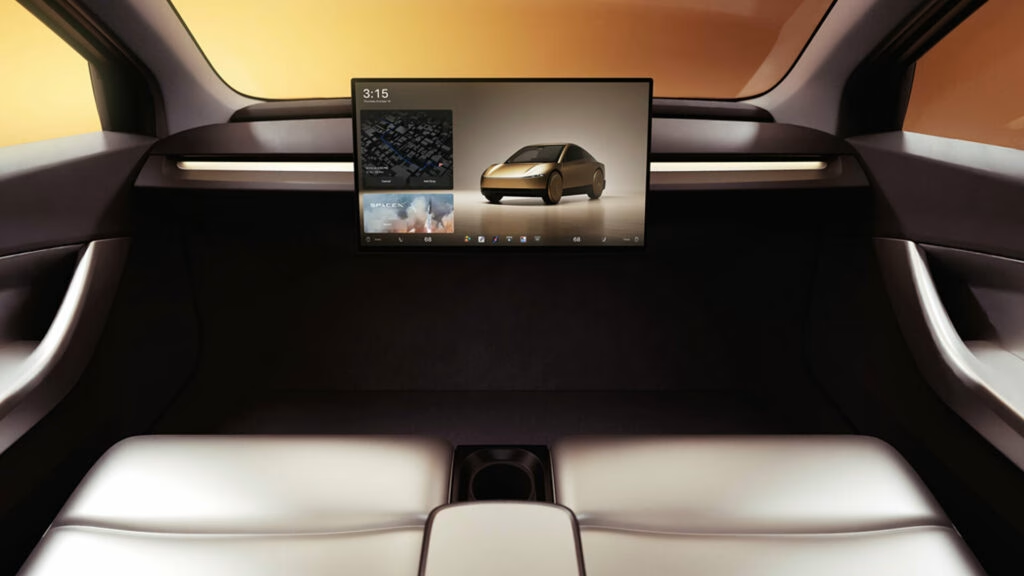Why Are Federal Car Safety Rules Changing for Autonomous Vehicles?
If you’ve ever wondered why the rules for car safety seem stuck in the past, you’re not alone. The National Highway Traffic Safety Administration (NHTSA) is finally tackling this head-on, proposing updates that reflect a world where cars might not even have steering wheels or pedals. The original safety standards? Written decades ago, back when the idea of a driverless car was pure science fiction. Today, with companies like Zoox and Tesla rolling out vehicles designed to drive themselves, those old rules just don’t cut it anymore.
What Specific Updates Is the NHTSA Proposing?
Let’s break it down. The NHTSA is looking at four main areas for change, all aimed at making life easier for vehicles that don’t need a human behind the wheel. First up: transmission shift position sequence. In plain English, that means how a car shifts between park, drive, and reverse—something that’s always assumed a person is in control. Next, they’re rethinking requirements for windshield defrosting and defogging systems, plus the rules for windshield wipers and washers. Finally, they’re updating standards for lights and reflective devices, which currently assume a driver’s perspective.
Why does this matter? Because the current Federal Motor Vehicle Safety Standards (FMVSS) are packed with references to human drivers and manual controls. For example, FMVSS 108 talks about where the driver sits and how they use controls—details that don’t make sense for a robotaxi or autonomous shuttle.
How Will These Changes Impact the Rollout of Robotaxis and Shuttles?
Imagine hailing a ride in a vehicle with no steering wheel, no pedals, and no driver’s seat. That’s not a scene from a sci-fi movie anymore—it’s the near future. Companies like Zoox have already received approval for vehicles that ditch traditional controls entirely. But until the rules catch up, every new autonomous vehicle needs a special exemption just to hit the road.
The NHTSA’s proposed updates would streamline this process, making it easier for manufacturers to bring fully autonomous vehicles to market without jumping through endless regulatory hoops. According to NHTSA Chief Counsel Peter Simshauser, removing outdated requirements will not only cut costs for automakers but also enhance safety by ensuring the standards actually fit the technology in use.
What’s the Risk of a Patchwork of State Laws?
Here’s where things get tricky. If the federal government doesn’t act, states might start making their own rules for autonomous vehicles. That could lead to a confusing patchwork of regulations—one set in California, another in Texas, and so on. For automakers and tech companies, that’s a logistical nightmare. The NHTSA’s goal is to create a unified set of standards that encourages innovation while keeping everyone safe on the road.
Are There Any Concerns About Safety or Oversight?
Naturally, not everyone’s convinced that updating the rules is a slam dunk. Some safety advocates worry that moving too quickly could open the door to new risks. After all, autonomous vehicles are still a work in progress, and high-profile incidents have shown that even the smartest tech can make mistakes. The NHTSA says it’s striking a balance—modernizing the rules without sacrificing the rigorous safety checks that have made American roads safer over the decades.
What Does This Mean for Everyday Drivers and Passengers?
If you’re wondering how this affects you, here’s the bottom line: these changes could accelerate the arrival of truly driverless vehicles on public roads. That means more options for getting around, especially for people who can’t drive themselves. It could also mean safer streets, as autonomous vehicles don’t get tired, distracted, or impaired. On the flip side, it’s a big adjustment—getting into a car with no driver takes some getting used to.
The big takeaway? Updating car safety rules for autonomous vehicles isn’t about perfection—it’s about smarter adjustments. Start with one change this week, and you’ll likely spot the difference by month’s end. The road ahead is changing fast, and these new standards are paving the way for a future where your next ride might just drive itself.

